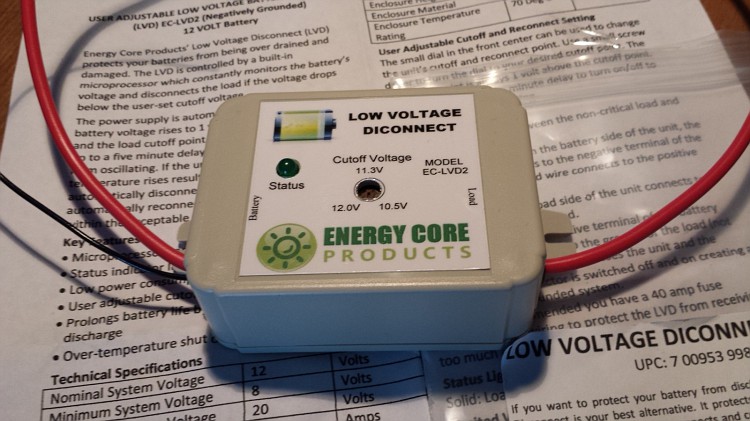Could you explain this? It seems very important and something I was not aware of.
OK, here is a short tutorial on charge controllers:
You need a charge controller because solar panels are essentially a constant current producing device (with constant sun). They produce almost the same current from zero volts (the I short circuit value) up to about 22 volts for 12V panels. This is the Ioc value. If you were to just hook up a panel directly to the batteries the voltage would start near 12 and would rise until the electrolyte started boiling at about 14 volts.
Also solar panels are rated at the maximum power point (MPPT) which is about 17 volts. Battery charging can't efficiently use 17 volts and that is another place that controllers come in.
So a controller does a couple of things. It adjusts the voltage to keep from over charging batteries. And a MPPT transforms the voltage to more efficiently use the MPPT.
There are two types of charge controller in wide spread usage: pulse width modulation (PWM) controllers and MPPT controllers. The difference in the two is how they transform the input voltage.
The PWM controller takes the incoming voltage and pulses it to produce the output voltage that the battery needs- typically 12 to 14 volts. But since the solar panel isn't operating at its MPPT the extra power that it could be making at 17 volts is lost. Typically that loss is 1- 13/17 = 24%.
So the industry came out with MPPT controllers. These are much more expensive than PWM controllers. They let the solar panel operate at its MPPT of about 17 volts and converts it using an inverter/rectifier circuit to whatever the battery needs- 12 to 14 volts. They are about 95% efficient so you only lose about 5% of the MPPT power.
MPPT controllers are relatively expensive and solar panels have gotten relatively cheap. So if you have unlimited real estate a PWM controller can be cheaper overall, Just add solar panels to make up for the 25% loss. But if you have only so much real estate which is the case on a boat, a MPPT controller makes sense.
If you buy 24V panels (twice the number of cells) then you should use a MPPT controller if you have a 12V battery system. Othewise you will lose more than half of the solar panel's output.
There are two critical specs for charge controllers: the maximum current ouput that it can handle and the maximum input voltage it can handle. The maximum current value is approximately the panels power rating divided by 12. The maximum voltage is roughly 22 V for 12 panels and 44 for 24 volt panels. These values are given on spec sheets as Voc.
It is usually recommended to buy a controller with a 20% safety factor on the maximum current spec.
David

